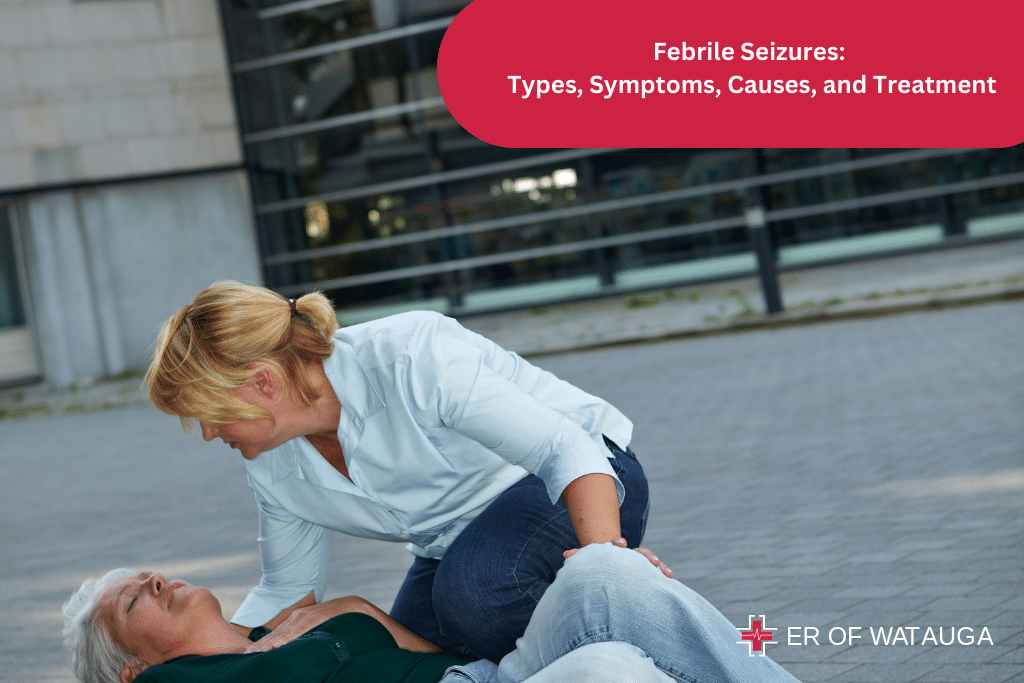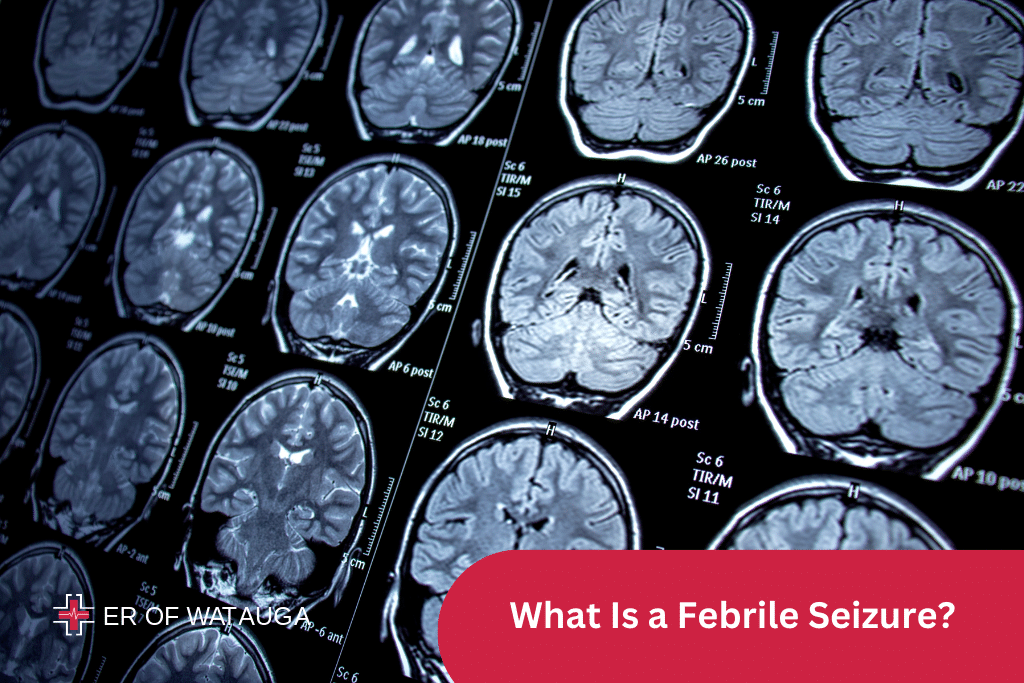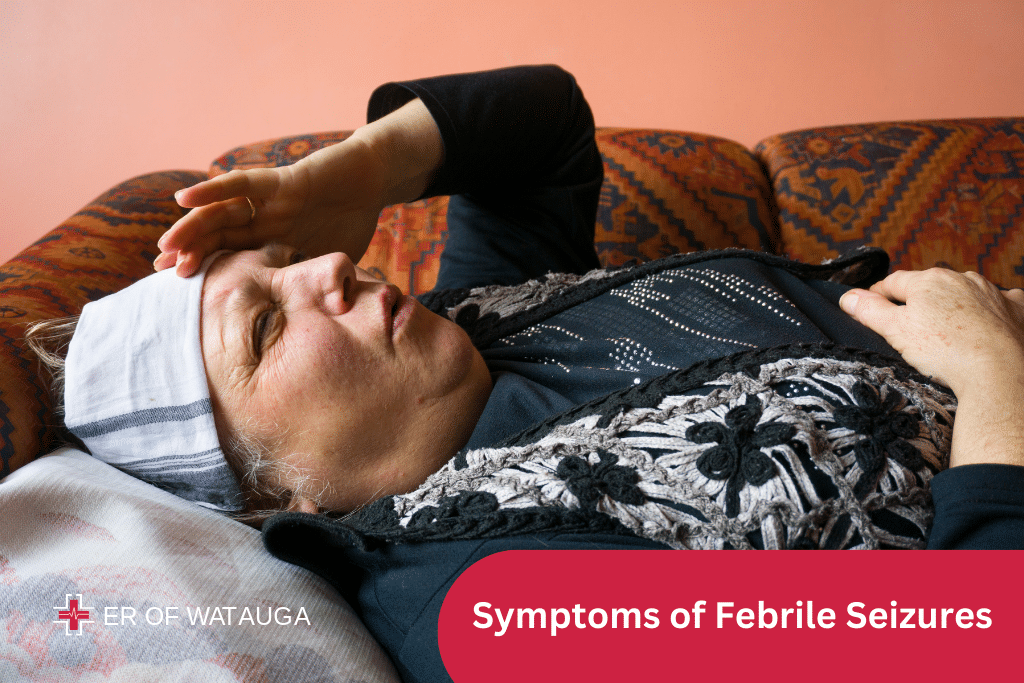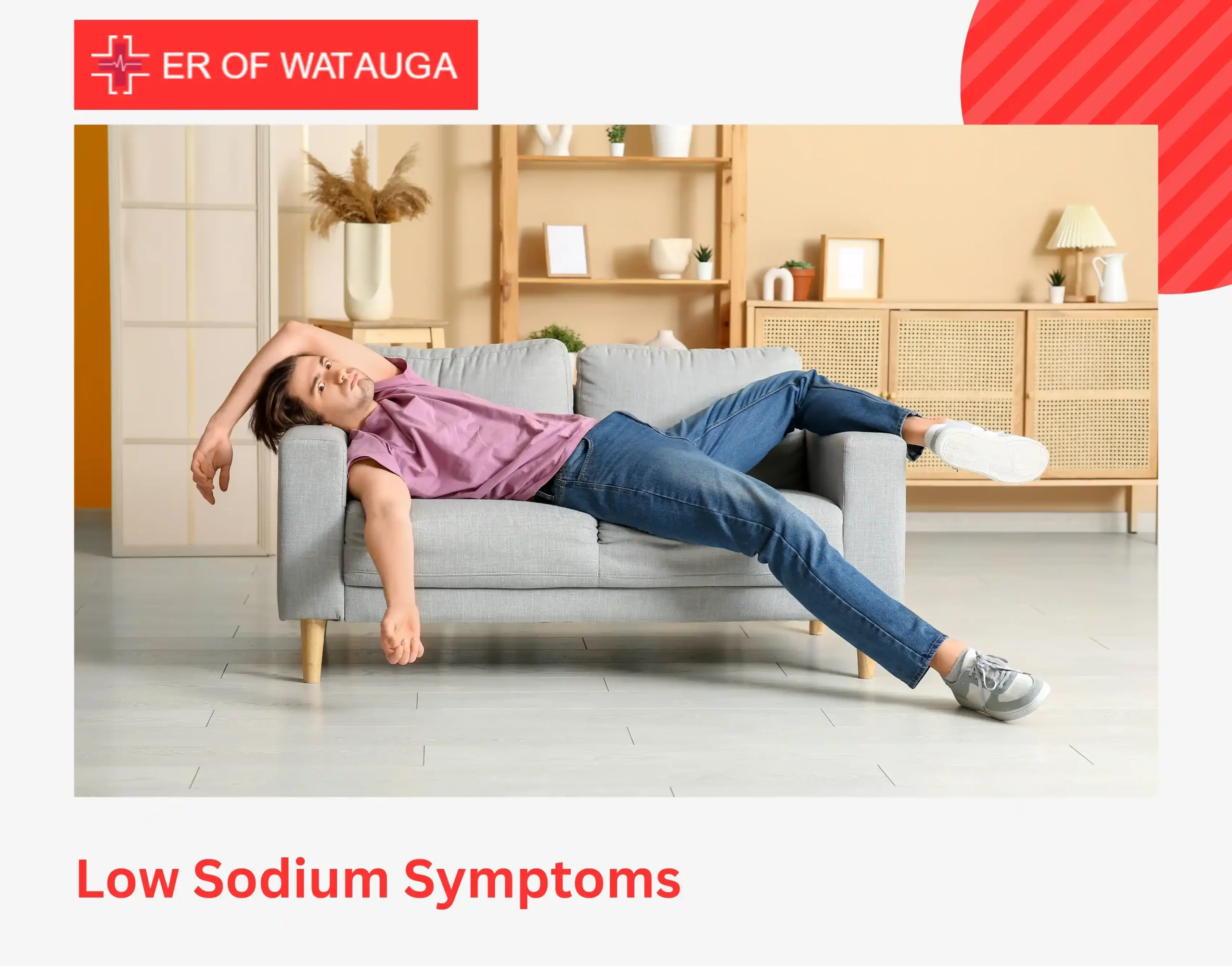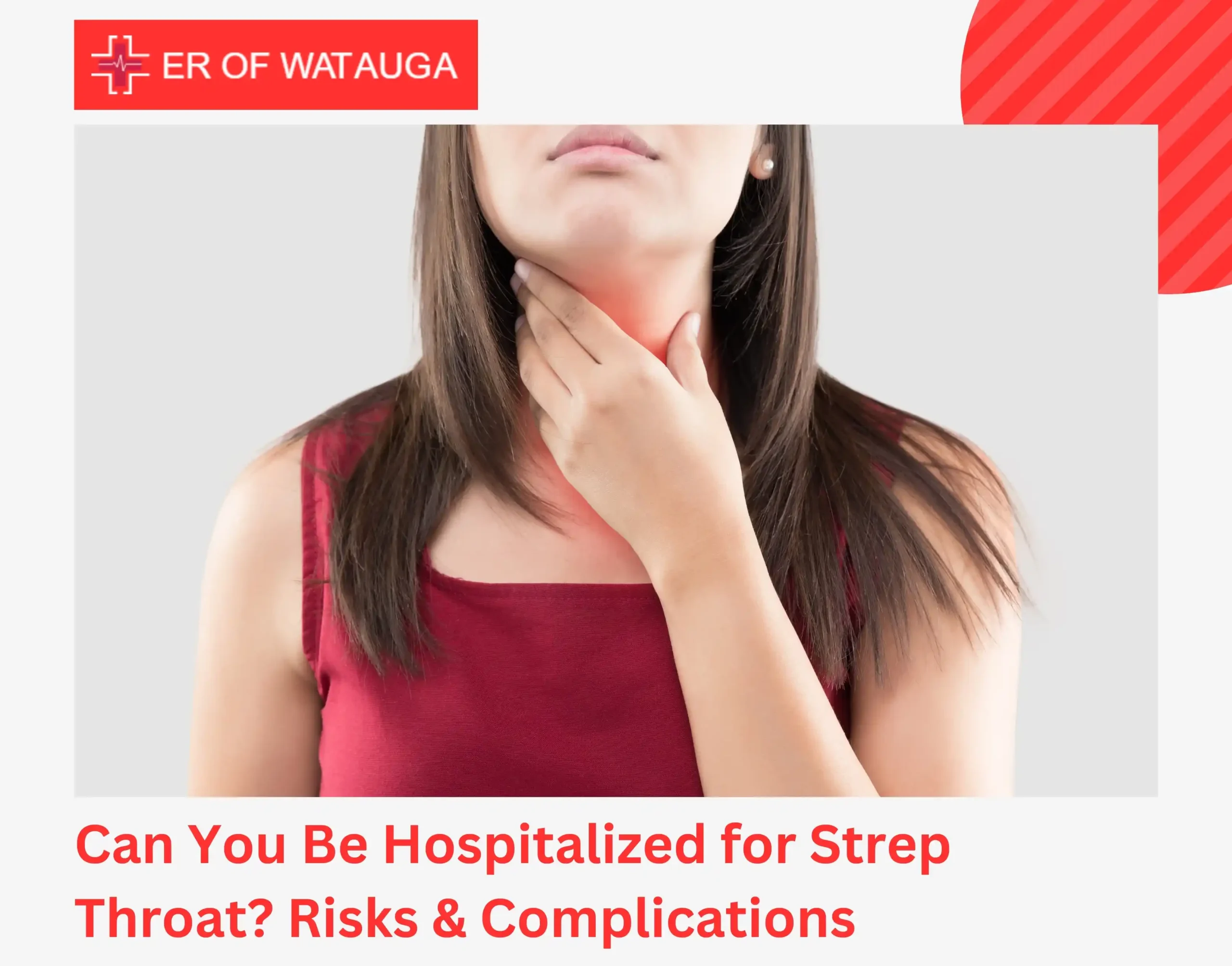Febrile Seizures: Types, Symptoms, Causes, and Treatment
Febrile seizures are sudden, often alarming events triggered by a rapid rise in body temperature. While most common in young children, these episodes can occasionally affect adults too. They range from brief, jerky movements to intense convulsions, leaving parents feeling helpless and frightened.
What causes these dramatic incidents? How can recognizing early signs lead to better management?
From common infections to genetic factors, the triggers behind febrile seizures are diverse. This article explores the types, causes, and treatment of Fever-induced seizures to help parents and caregivers effectively manage them.
What Is a Febrile Seizure?
Febrile seizures are convulsions that can typically occur in children when their body temperature rises above 100.4°F (38°C). The term “febrile” indicates the presence of a fever. These seizures typically last only a few minutes and usually resolve on their own, although the fever may continue for a longer period.
Unlike regular seizures, which can arise from a variety of causes and may require ongoing medical management, febrile seizures are specifically linked to elevated body temperature. They generally do not signal a more serious condition and rarely result in long-term health issues.
Fever-induced seizures most commonly affect children aged 6 months to 5 years, with the highest incidence occurring in toddlers between 12 and 18 months.
Most children outgrow febrile seizures by the age of 5. These seizures are not classified as epilepsy, and children who experience them have only a slightly increased risk of developing epilepsy later in life.
Types of Febrile Seizures
Febrile seizures are broadly categorized into two types:
- Simple Febrile Seizures: These are the most common type and generally last for a few seconds to a minute, but can extend up to 15 minutes. Simple febrile seizures occur once in a 24-hour period and affect the entire body, causing generalized shaking or convulsions. They do not have long-lasting neurological effects.
- Complex Febrile Seizures: These are less common and more prolonged, lasting over 15 minutes or occurring multiple times within a 24-hour window. Complex Fever-induced seizures may affect only one part of the body, such as an arm or leg, and might require more thorough medical evaluation due to the higher risk of underlying neurological conditions.
Symptoms of Febrile Seizures
Febrile seizures often present dramatically and can be alarming, especially during the first occurrence. Common symptoms include:
- Loss of consciousness: The person, often a child, may suddenly become unresponsive.
- Involuntary muscle movements: Jerking or shaking of the arms and legs is common.
- Eye-rolling or staring: The child may appear to be staring blankly or have eyes rolling upward.
- High fever: These seizures are typically triggered by fevers over 100.4°F (38°C), though the intensity of the fever doesn’t always predict seizure likelihood.
- Difficulty breathing: Breathing may become irregular or labored during the seizure.
Febrile Seizures Causes
Febrile seizures are mainly caused by high fevers, which are often due to common infections like the flu, ear infections, or respiratory illnesses. Important factors include:
- Age: Febrile seizures in a child between 6 months and 5 years are common, but they rarely occur outside this age range. While rare, febrile seizures in adults can happen, though they are much less frequent.
- Genetics: A hereditary link exists, with children being at higher risk if a family member has had febrile seizures.
- Infections and vaccinations: Vaccines, such as the MMR (measles, mumps, rubella) vaccine, can slightly increase the risk of febrile seizures, but the overall risk is minimal compared to the benefits of vaccination.
Complications of Febrile Seizures
While febrile seizures are usually harmless, complex febrile seizures may require further evaluation to rule out serious conditions like epilepsy. Although rare, long-lasting Fever-induced seizures can lead to short-term neurological issues, such as delays in speech or motor skills.
The long term effects of Fever-induced seizures could include an increased risk of epilepsy, but it can be ruled out with effective management strategies.
Treating Febrile Seizures
If your child has a febrile seizure, remain calm and:
- Gently place them on the floor or ground.
- Move any objects away from them.
- Position them on their side to reduce the risk of choking.
- Loosen any tight clothing around their head and neck.
- Observe their breathing.
- Watch out for any bluish discoloration in their face.
- Note the duration of the seizure.
Avoid doing the following during a febrile seizure:
- Do not try to hold or restrain your child.
- Do not place anything in their mouth.
- Avoid giving them fever-reducing medication during the seizure.
- Do not immerse your child in cool or lukewarm water to lower their temperature.
After the seizure, visit your doctor to determine the underlying cause of the fever. The doctor will examine your child and ask for details about the seizure. Typically, no additional treatment is needed, but if your child is under 1 year old and shows other symptoms like vomiting or diarrhea, the doctor may recommend a few additional tests.
When to Seek Medical Care
Seek emergency medical help if your child:
- Experiences a febrile seizure lasting more than 5 minutes
- Has a seizure affecting only part of their body
- Struggles with breathing or turns blue
- Is unresponsive or not acting normally
- Experiences another seizure within 24 hours
- Required anti-seizure medication to stop the seizure
If your child has missed some vaccinations and has a febrile seizure, they may be at an increased risk for meningitis. Seek immediate medical attention if your child shows any signs of meningitis, such as:
- A stiff neck
- Frequent vomiting
- Sensitivity to light
- A bulging soft spot on a baby’s head
For Pediatric Urgent Care in Watauga, our dedicated team is here to assist you with expert care and support. Whether your child needs immediate attention or routine care, we’re committed to providing the highest quality service to ensure their well-being.
Request a Comprehensive Febrile Seizure Assessment
FAQs
What is the basic treatment for febrile seizures?
Basic treatment involves ensuring safety, monitoring the seizure, managing fever, and following up with a healthcare provider.
What is the first aid of a febrile seizure?
The first aid for a febrile seizure includes keeping the child safe, placing them on their side, and monitoring the seizure’s duration. Do not take the “wait and see” approach. Immediately visit a healthcare provider to avoid complications.
How to prevent febrile seizures in a child?
Febrile seizures cannot be fully prevented. They can sometimes happen when your child has an infection and a high temperature.
